PPT-Good Afternoon Class Discuss with the person next to you the Crash Course video:
Author : Heartbreaker | Published Date : 2022-08-04
Is the Renaissance a Thing The Renaissance An Introduction Why did the Renaissance start in Italy Europeans still looked to Rome for cultural and intellectual guidance
Presentation Embed Code
Download Presentation
Download Presentation The PPT/PDF document "Good Afternoon Class Discuss with the pe..." is the property of its rightful owner. Permission is granted to download and print the materials on this website for personal, non-commercial use only, and to display it on your personal computer provided you do not modify the materials and that you retain all copyright notices contained in the materials. By downloading content from our website, you accept the terms of this agreement.
Good Afternoon Class Discuss with the person next to you the Crash Course video:: Transcript
Download Rules Of Document
"Good Afternoon Class Discuss with the person next to you the Crash Course video:"The content belongs to its owner. You may download and print it for personal use, without modification, and keep all copyright notices. By downloading, you agree to these terms.
Related Documents

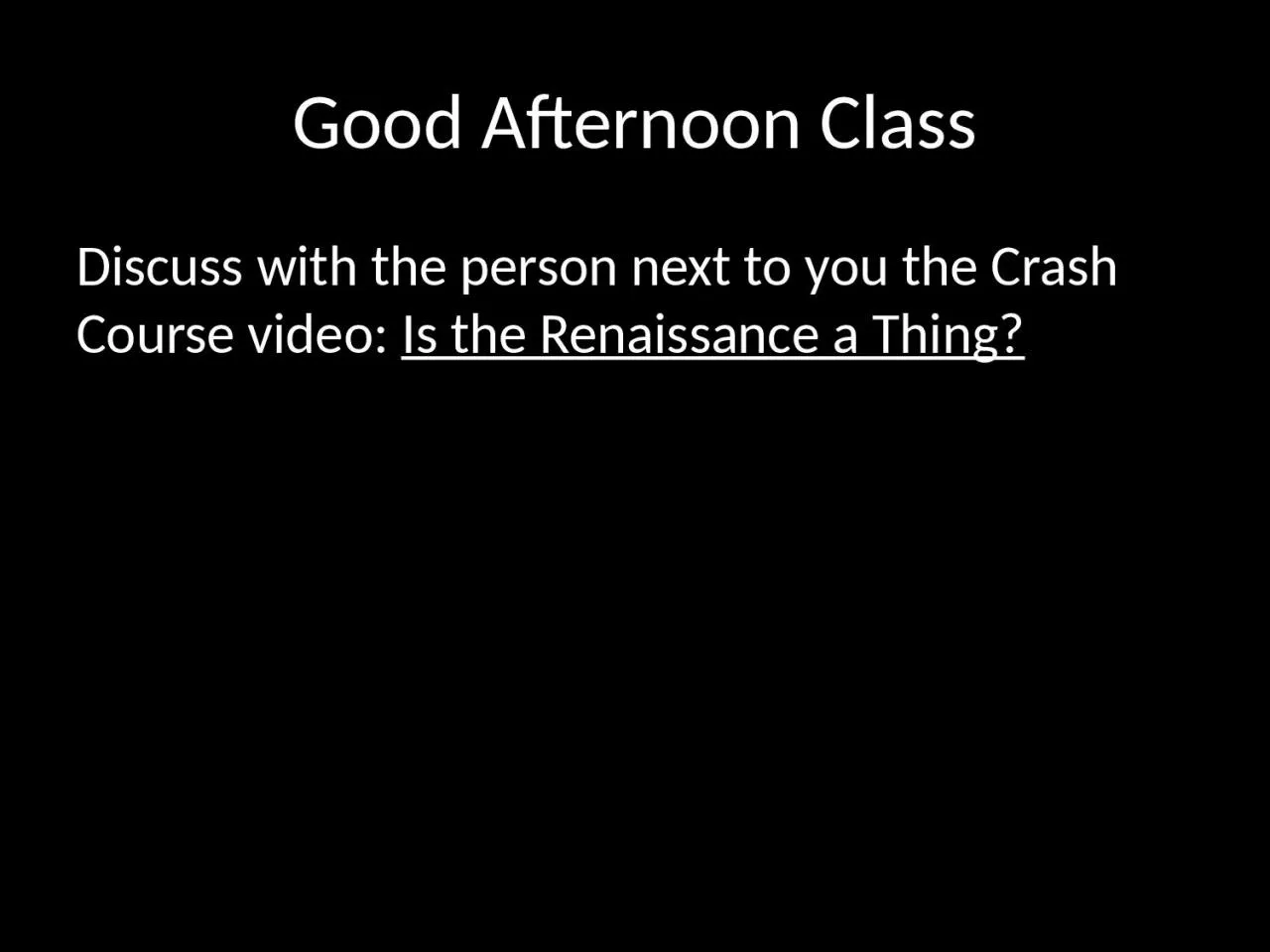
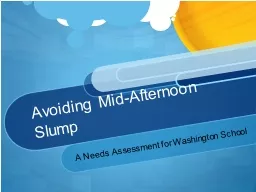
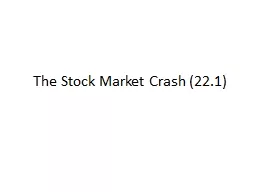
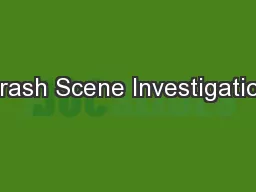
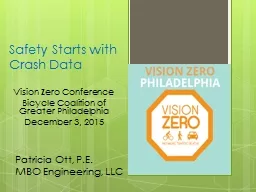
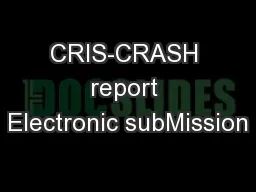

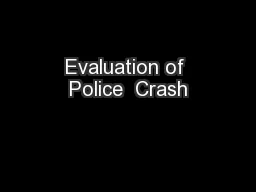

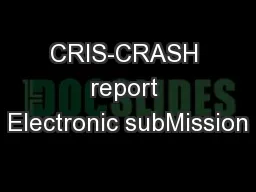

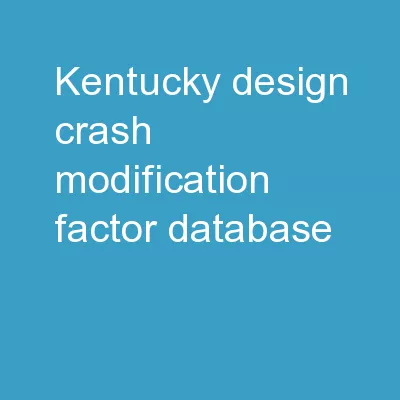
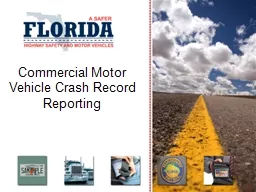
![[READ]-Fortran Crash Course + Hacking + Android Crash Course + Python Crash Course + XML](https://thumbs.docslides.com/972403/read-fortran-crash-course-hacking-android-crash-course-python-crash-course-xml-crash-course-hacking-xml-python-android-book-2.jpg)